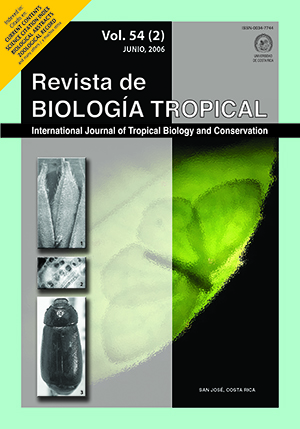Abstract
In presence of a decrease in the catch from Infiernillo reservoir, Michoacán-Guerrero, México, age
and growth of tilapia Oreochromis aureus (Steindachner 1864) were estimated, as indispensable attributes for
fishery management. Evaluations included scales and opercular bones readings and length frequency analysis.
The population structure was determined too. Due to the great variation of tilapia individual growth and with
the objective to have reliable growth estimations, linearized, non-parametric and non-linear methods were used
and their applicability discussed. Comparison of ages determined from these methods revealed that opercular
bones readings had advantages over scales. Reproduction and competition for space and food were considered
as responsible factors for ring-formation on tilapia hard structures. The non-linear method was considered the
best for modelling populations highly variable, which is characteristic of tilapia and tropical fish with multiple
spawns. The growth parameters estimated were L∞ = 479 mm, K = 0.46/yr, to = -0.055 yr. The tilapia population
in Infiernillo reservoir is dominated by juveniles less than 1.5 years old. The fishery activity is affecting
the tilapia population growth because are caught when they have not yet spawned. Therefore, this fishery is in
urgent need of regulation. Increasing the mesh size of the gill nets might contribute to protect the reproductive
potential of the stock.
Comments

This work is licensed under a Creative Commons Attribution 4.0 International License.
Copyright (c) 2006 Revista de Biología Tropical






